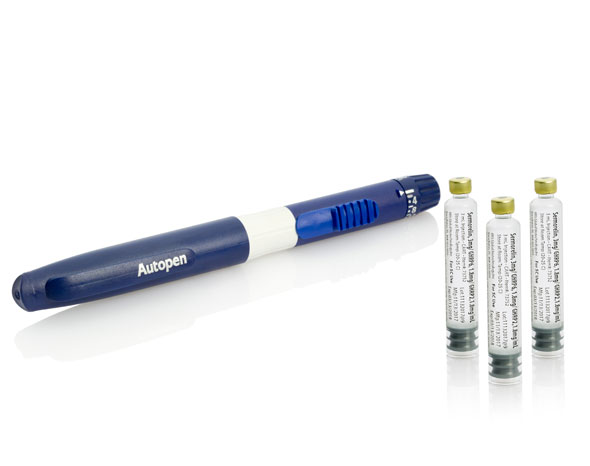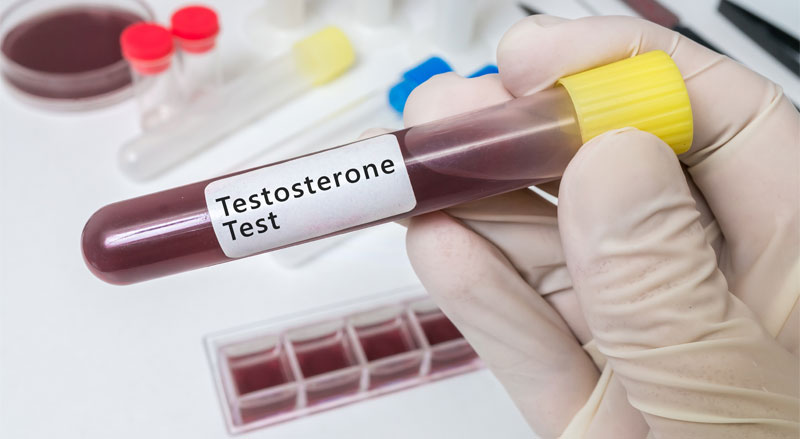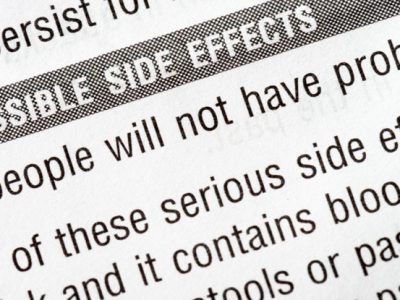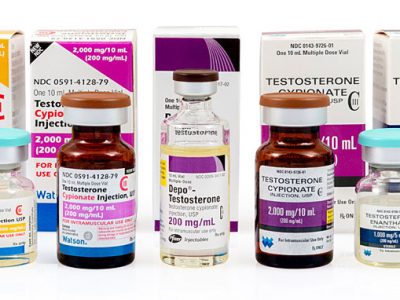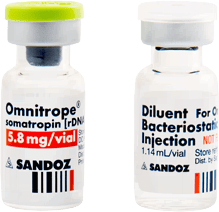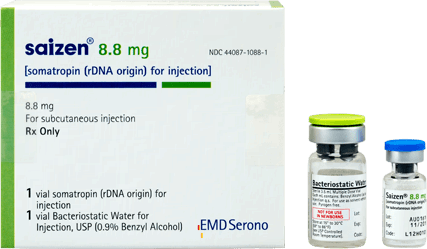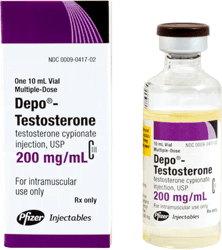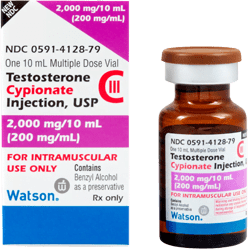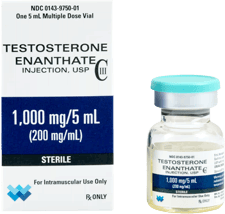- Home
- Growth Hormone
- Growth Hormone
- Growth Hormone Deficiency
- Growth Hormone Therapy
- Growth Hormone Injections
get startedThe Most Effective Hormone Replacement TherapiesWhat Is Testosterone Replacement Therapy?
- Testosterone replacement therapy is used to treat patients with hypogonadism, more commonly known as low testosterone.,
- What constitutes low testosterone varies from patient to patient, as do the symptoms of low testosterone.
- Testosterone replacement therapy for adult males, is designed to provide you with the minimal dosage of testosterone that will be sufficient to restore the testosterone level in your blood to normal levels.
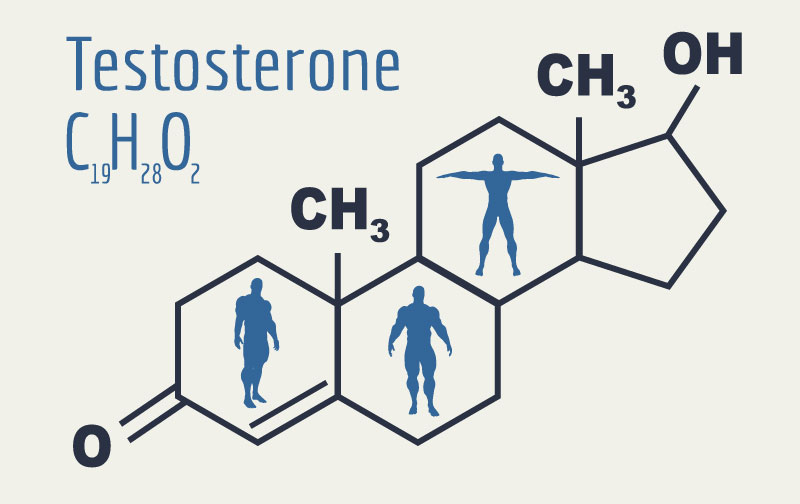
Testosterone replacement therapy is used to treat patients with hypogonadism, more commonly known as low testosterone (Low T). Testosterone replacement therapy can be used for men or women, but it is primarily used to treat men with low testosterone.
What constitutes low testosterone varies from patient to patient, as do the symptoms of low testosterone.
Testosterone replacement therapy can be used for men or women, but it is primarily used to treat men with low testosterone.
Who Needs Testosterone Replacement Therapy?
Anyone who is exhibiting the symptoms of low testosterone could possibly benefit from testosterone replacement therapy. Certain medical conditions can cause hypogonadism, which is described as a disease in which your body is unable to produce adequate amounts of testosterone, usually because of an issue that interferes with the normal function of the testicles or with the pituitary gland. Hypogonadism can also be caused by the natural decline of testosterone that occurs in men as they age. Rigorous endurance training can also result in lower testosterone levels. In some men this natural decline of testosterone is well-tolerated, while in others, it results in the symptoms of low testosterone. The symptoms of low testosterone can include:
- Diminished sex drive and erectile dysfunction
- Low energy and fatigue
- Loss of muscle mass and increased body fat
- Loss of facial, and/or body hair
- Memory loss and other cognitive difficulties
- Mood swings such as increased anger, depression, and irritability
- An overall sense of feeling poorly
- Gynecomastia (abnormal breast enlargement)
- Changes in sleep patterns ie: insomnia
Just because you are experiencing any, or all, of the signs and symptoms listed above, does not necessarily mean that you have low testosterone. Many of these symptoms can be caused by various other conditions or issues such as: obesity, obstructive sleep apnea, thyroid issues, diabetes, clinical depression, and/or the side effects of certain medications.
The only way to determine if you have low testosterone is to have your blood tested.
Low testosterone could be caused by the natural decline of testosterone that occurs in men as they age. In some men this natural decline of testosterone is well-tolerated, while in others, it results in the symptoms of low testosterone.
How Is the Dosage of Testosterone Replacement Therapy Determined?
Your dosage of testosterone replacement therapy can only be determined after you have received a diagnosis of low testosterone. Low testosterone is determined by a simple blood test. The normal range is 300 ng/dL to 1,000 ng/dL. However, what is normal for one man, can be low for another. This is why testosterone replacement therapy is prescribed on a very individualized basis. Testosterone levels do fluctuate throughout the day — they are highest in the morning, so your doctor will probably want to do the blood test in the morning.
If your levels of bio-available testosterone are determined to be low for your weight and age, and if an evaluation of your presenting symptoms warrants it, you will be prescribed with a dosage of testosterone therapy.
The goal of testosterone replacement therapy for adult males, is to prescribe you with the minimal dosage of testosterone that will be sufficient to restore the testosterone level in your blood to normal levels. Dosages of testosterone replacement therapy are titrated, which means that your doctor will start your testosterone replacement at the lowest effective dose. Once treatment is underway, your doctor will closely monitor your symptoms and your testosterone levels, and may need to adjust your dose accordingly.
How is Testosterone Replacement Therapy Given?
Testosterone replacement therapy is available as:
- Oral medication
- Subdermal pellets
- Testosterone cream
- Testosterone gels
- Topical skin patches
- Testosterone injections
Generally speaking, most prescribers of testosterone therapy agree that testosterone injections are the safest and most effective way to give testosterone therapy. Testosterone injections are given into muscles. Testosterone therapy given as intramuscular injections is more easily and rapidly absorbed into the blood stream. Testosterone injections are usually given once every 2 to 4 weeks. Testosterone injections will be given by your healthcare provider, or you will be taught how to self-administer them at home. The total length of time you will have to be on testosterone injections will be determined by your individual symptoms and diagnosis.
Do I Need a Prescription for Testosterone Replacement Therapy?
Yes. The only way to legally obtain any kind of testosterone replacement therapy is with a doctor’s prescription. Testosterone is a controlled substance, and cannot be purchased without a prescription. There is no such thing as “non-prescription,” or “over-the-counter” (OTC) testosterone. Any product claiming to be testosterone, or contain testosterone that you can purchase online, or anywhere else, without a doctor’s prescription, is either an ineffective nutritional or amino acid supplement, that does not actually contain any testosterone, or worse yet, is an illegal, unregulated form of testosterone sold on the by black market. In the first case you are probably wasting your time and money, in the second you could be putting your health, or even your life, at risk.
Are there risks in taking testosterone replacement?
Testosterone therapy may:
- Contribute to sleep apnea
- Result in skin acne
- Enlarge breasts
- Increase the risk of forming blood clots (DVT’s – Deep Vein Thrombosis in the legs.)
- Stimulate the growth of existing prostate cancer.
Is There Anyone Who Should Not Have Testosterone Replacement Therapy?
Testosterone replacement therapy should not be used by woman who are pregnant or may become pregnant.
You should not receive testosterone replacement therapy if you have been diagnosed with prostate cancer, male breast cancer, a serious heart condition, or severe liver or kidney disease.
Misuse of testosterone replacement therapy can cause serious health complications. Before starting testosterone replacement therapy be sure to tell your doctor if you have:
- Diabetes
- Enlarged prostate
- Prostate cancer
- Sleep apnea
- Chronic pulmonary disease
- Male patient’s trying to conceive
- Heart disease or coronary artery disease
- A history of heart attack, stroke, or blood clot
- High cholesterol or triglycerides
- Breast cancer
- Liver or kidney disease;
- Take a blood thinner (warfarin, Coumadin, Jantoven).
Are There Ways to Naturally Boost Testosterone?
If you are suffering from the symptoms of low testosterone, and your blood tests reveal that your levels of testosterone are indeed low, there is very little you can do, other than testosterone therapy, to raise them back into the normal range. However, as part of the normal course of testosterone replacement therapy, your doctor may recommended dietary and lifestyle changes, designed to boost and maintain your testosterone level. Such changes could include:
- Smoking cessation
- Reduction of alcohol consumption
- Getting enough sleep
- Getting regular exercise – particularly strength training, such as weightlifting
- Optimizing your diet – maximize protein, whole grains, reduce or eliminate processed foods
- Reducing stress
- Nutritional supplements, particularly vitamins B, C, A and D and zinc
These above lifestyle changes may help but, can only be expected to raise low testosterone levels a limited degree. Testosterone replacement remains as the staple treatment option for correcting low testosterone levels. Informed medical advice remains paramount in you, being proactive & taking control of your health & well being.
read this next
Doctors Who Treat Men With Low Testosterone
If you are a man between the ages of 35 and 65, and are not feeling yourself lately, and if you find that you…read moreSide Effects of Low Testosterone Treatment
When making any decision, particularly one involving whether to start or not start a specific medical treatment such as testosterone therapy, it is normal…read moreTestosterone Injections
Most doctors agree that injections are the most effective way to give testosterone therapy. Understanding how to give them, their potential side effects, and…read moreTestosterone Therapy for Women
We all know that testosterone is a very critical hormone for men, but did you know that women also need testosterone, and women, like…read more - Growth Hormone Therapy






